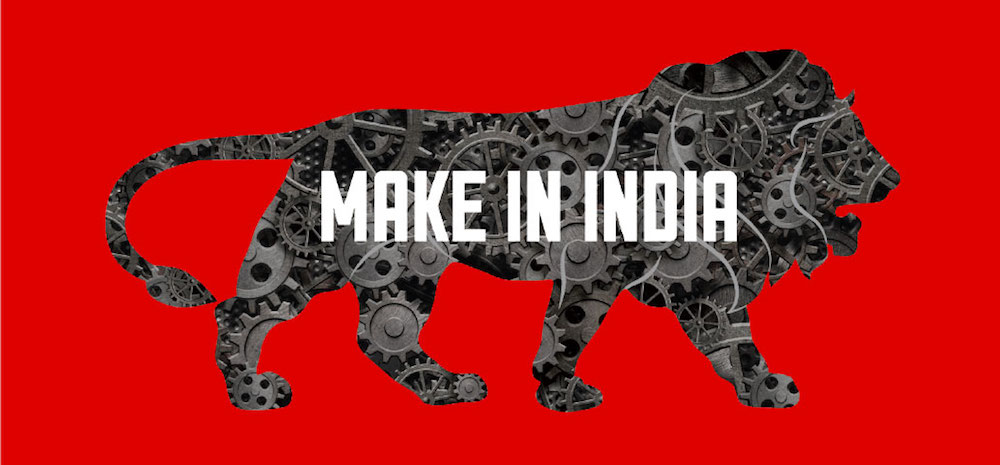Make in India 2.0 Will Focus on Robotics, Genomics – Was The First Edition Successful?
The second edition of Make In India will focus on advanced technology sectors which will help Indian companies compete globally.

The next edition of the much-hyped Make in India initiative is all set to launch in February 2018. This time the government will focus on technological advancements like robotics, genomics, chemical feedstock and electrical storage.
The second edition of Make in India is based on a five-year plan which will comprise all the major sectors. The Modi-led government wants to prepare the top sectors to be able to tap all the available global economic opportunities.
Make In India 1.0
The Make in India programme was launched back in September 2014 by Prime Minister Narendra Modi and primarily focused on the sectors which aimed to boost local manufacturing and helped to create more jobs.
Unlike the earlier initiatives that were taken by the Government, Make In India had addressed some of the major constraints in the manufacturing sector.
In real-world terms, the manufacturing sector has seen a growth of 10.8% in 2015-16 fiscal and 7.9% in last fiscal 2016-17, which was 5.5% in 2014-15.
The FDI inflow has increased to 29% in the period between October 2014 to December 2015 (15 months after Make in India), and the FDI equity inflow has increased by 36% until now.
So far so good! Well, the government has an updated list of milestones achieved in chronological order they have achieved so far.
What About The Future?
The second edition of Make in India is being launched at a time when the manufacturing industry of the country is badly hit due to global economic slowdown, which has majorly affected the export demand.
At this time, the government should stress on the need for the policies and regulations, both at the central and local level, which will help to identify the availability of raw materials, land and skilled manpower to boost the manufacturing industry.
The government needs to cope with the global economic slowdown to put the manufacturing sector on the accelerator, and the Department of Industrial Policy & Promotion (DIPP) is willing to sharpen the focus of Make in India.
The scheme will help the country to leap forward in their global supply chain. The overall performance of the manufacturing sector is going to be an interplay of the multiple factors like domestic demand, demand for exports, level of investment and the prevailing prices.
Make in India 2.0 – The Vision
The scheme will help to attract more anchor investors to help bring more investments at the local level. The programme will provide physical connectivity through road, railways, airports and ports, which is also a part of the vision document.
The exercise would include all the major sectors, where it will help each of the industry to identify the key areas to improve productivity, and market linkages with the prerequisites to achieve the vision for each of the sector.
Make in India visualizes to be an integral part of the Indian growth story. From captivating Indian manufacturing capabilities, the government will keep focusing on the development of all the primary sectors that are going to be the key focal point in the coming years.
The second edition of Make in India will help to build a positive economic atmosphere in the country by bringing more businesses and potentially helping the manufacturing sector to grow more!
